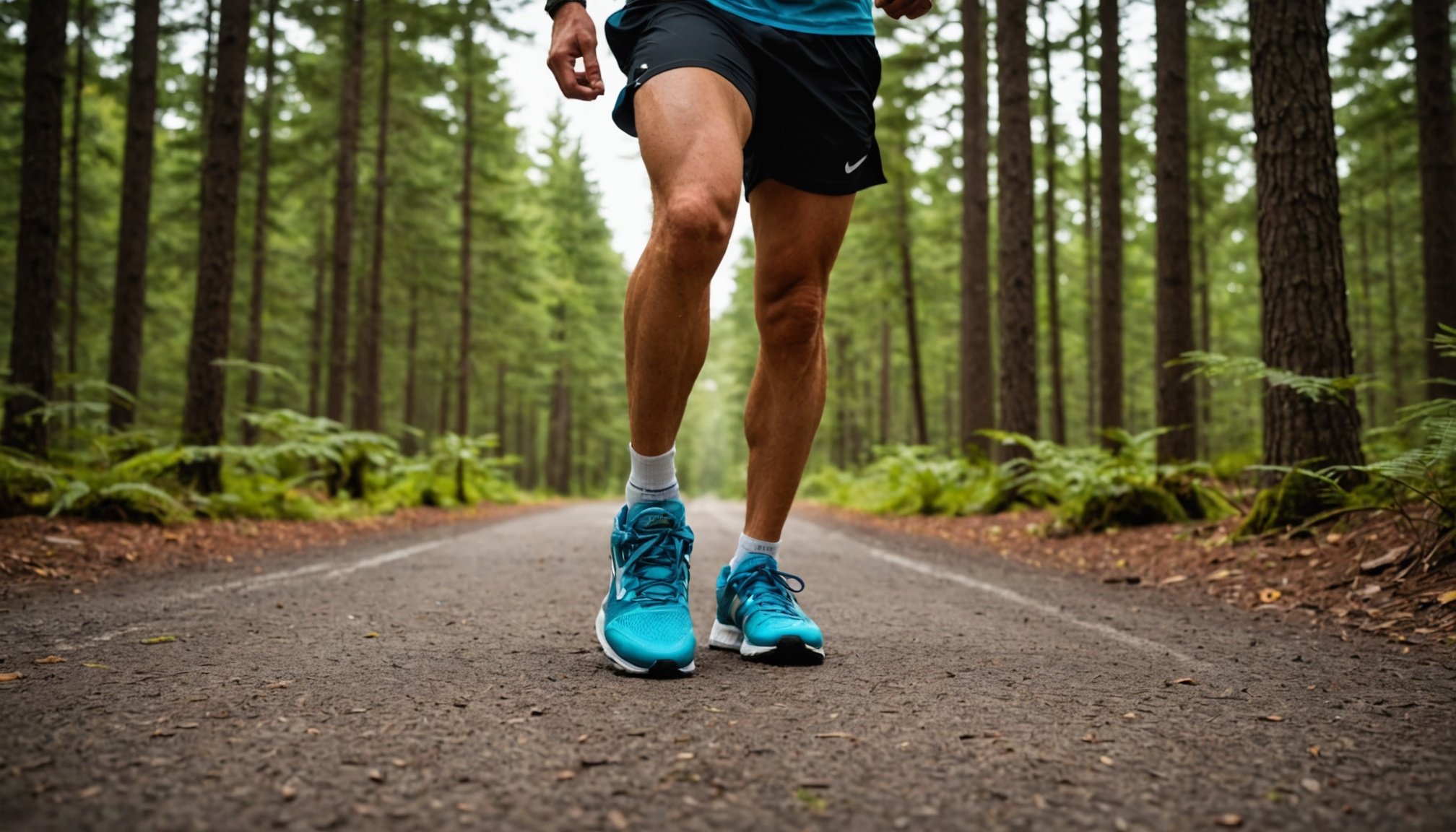Choosing the right running or trail shoe can feel overwhelming with countless options available. This guide provides an essential look at the top tests for running and trail shoes today. Discover expert evaluations and user experiences that focus on comfort, durability, and performance across various terrains. Whether you’re a beginner or an experienced runner, this comprehensive review helps you find the perfect fit to enhance your running journey.
Comprehensive Evaluations of Running and Trail Shoes
When analyzing top-performing running and trail shoes, key factors like comfort, durability, grip, and cushioning play pivotal roles. A variety of trail shoes, such as the Altra Olympus 5 and Saucony Xodus Ultra 2, have emerged as outstanding performers based on user reviews and expert insights. To dive deeper into these offerings, details can be found on the official website run-hero.com.
Sujet a lire : How can soccer players use video analysis to enhance tactical awareness?
Performance Metrics and User Experience
Running shoes like the Hoka Speedgoat 6 and Nike Pegasus Trail 5 impress with their ability to transition seamlessly between road and trail. For instance, the Pegasus Trail 5 combines responsive energy return with moderate durability, suited for less technical terrains. Meanwhile, the Speedgoat 6 is praised for high cushioning and stability, although some runners note a longer break-in period.
Trail shoes also focus on traction. Models like the Salomon Speedcross 6 and La Sportiva Bushido III excel in offering grip, with aggressive lugs designed for challenging conditions. However, considerations such as fit—often narrower for these models—can limit their appeal depending on foot shape and preferences.
Avez-vous vu cela : What are the most effective recovery techniques for athletes after high-intensity interval training?
Recommendations for All Runners
From beginners seeking road-to-trail hybrids to advanced runners tackling rugged terrains, there’s a shoe fit for every runner’s needs. The Brooks Divide 4 provides great entry-level functionality with solid protection, making it ideal for newcomers. On the other hand, the technical superiority of shoes like the Arc’Teryx Sylan appeals to seasoned trail enthusiasts.
In-Depth Performance Testing of Running Shoes
Analysis of Shoe Durability and Performance
Durability tests for running shoes are critical in evaluating how well a pair can withstand rigorous use over time. Materials like Vibram Megagrip outsoles or reinforced uppers provide insight into longevity during long-distance or off-road runs. For example, the Nike Zegama 2 utilizes a Vibram outsole with 4mm lugs for durability and traction on varied surfaces.
Performance tests of running shoes also analyze cushioning and responsiveness. Trail running shoes like the Hoka Speedgoat 6 offer stability and plush comfort for extended use, while the Altra Olympus 5 combines a zero-drop design with a protective midsole for better endurance over rocky terrain. Lightweight running shoes analysis factors in energy return and agility, ensuring minimal weight without compromising function.
Modern Testing Methods Used in Evaluations
Advanced testing methods for running shoes involve real-world runs across diverse terrains. These tests replicate conditions like mud, gravel, or asphalt. Lab techniques, such as cut-and-measure durability assessments, evaluate midsole compression and outsole wear. Comparative methods help establish cushioning in trail shoes and grip performance, ensuring unbiased results.
Key Metrics for Comparing Running Shoe Performance
Comparison metrics include traction performance in trail shoes, cushioning quality, lightweight design, fit comfort, and breathability. Shoes like the Salomon Speedcross 6, with 5.5mm lugs, excel in muddy conditions, while Brooks Caldera 7 provides reliable comfort over long terrains.
Recommendations for Trail Running Shoes
Top Picks for Beginners in Trail Running Shoes
For those new to trail running, shoe selection plays a critical role in ensuring a safe and enjoyable experience. The Brooks Divide 4 is a strong entry-level option, offering excellent foot protection and cushioning. While it doesn’t shine on highly technical trails, its affordability and stable design make it accessible for beginners. The Hoka Challenger 7, with its soft cushioning and hybrid capabilities, also stands out, providing comfort on both trails and roads. Beginners seeking versatility for light terrain should consider the Nike Pegasus Trail 5 with its adaptable design, though its lack of a rock plate limits protection on rougher paths.
Evaluation Criteria for Trail Shoe Suitability
Determining the right trail running shoe begins with terrain-specific needs. Shoes like the Salomon Speedcross 6 excel in muddy conditions with their 5.5mm lugs, making them ideal for soft and wet trails. Traction is equally crucial; models like the Altra Olympus 5 with Vibram Megagrip outsoles deliver reliable grip across diverse surfaces. Testing methods often focus on durability and cushioning in trail shoes, ensuring longevity and foot protection over rugged terrain.
Latest Innovations and Technologies in Trail Footwear
Modern trail shoe innovations in 2025 prioritize lightweight designs without compromising performance. Enhanced materials boost traction performance in trail shoes while maintaining flexibility. Vibram, for example, continues to lead with adaptive rubber compounds, and brands like HOKA are exploring responsive foam midsoles to refine cushioning.











